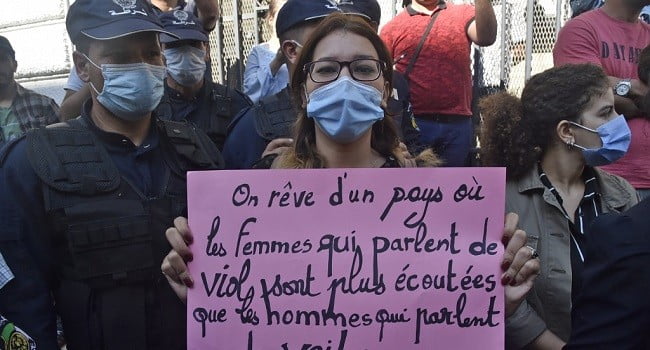Pests and climate change endanger Mexico City’s famous palm trees.
The native to the Spanish island off the coast of northwest Africa, the Canary Island date palms, can occasionally live for more than 200 years.
However, the ones that give Mexico City shade and a touch of green are afflicted with deadly yellowing, which scientists attribute to the red palm weevil, a species of beetle.
The pest, which is endemic to tropical Asia but has expanded globally, has permanently damaged palm trees in a number of nations.
Reyna Rojas, a specialist in plant diseases, believes that climate change is increasing the trees’ susceptibility to these insects.
A plant experiences far more stress as a result of the rising temperatures, she told AFP.
She continued, “As a result, they draw insects.”
Tree surgeons have been cutting down wilting palms in the central Narvarte neighborhood, ripping out part of Mexico City’s history.
“It’s taking away the essence of the neighborhood,” said 55-year-old resident Ivan Felipe.
“Narvarte will no longer be Narvarte without the palm trees,” he added.
Irma Gutierrez, 68, mourned the loss of the trees she has known since childhood.
“As long as I have been here, the palm trees have been there,” she said.
Announcing the removal of 155 palm trees in July, the Mexico City government said that the species “has proven to be susceptible to climate change currently occurring worldwide.”
At the time, temperatures in the city were above 30 degrees Celsius (86 degrees Fahrenheit) — higher than normal in the Mexican capital.


